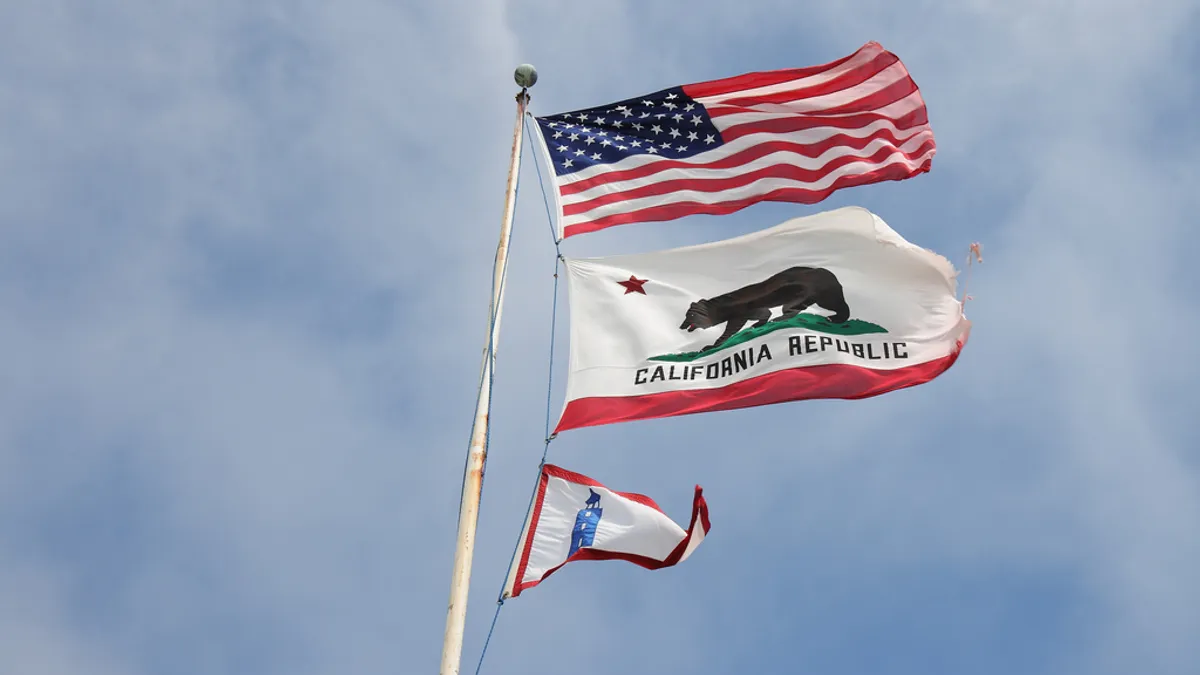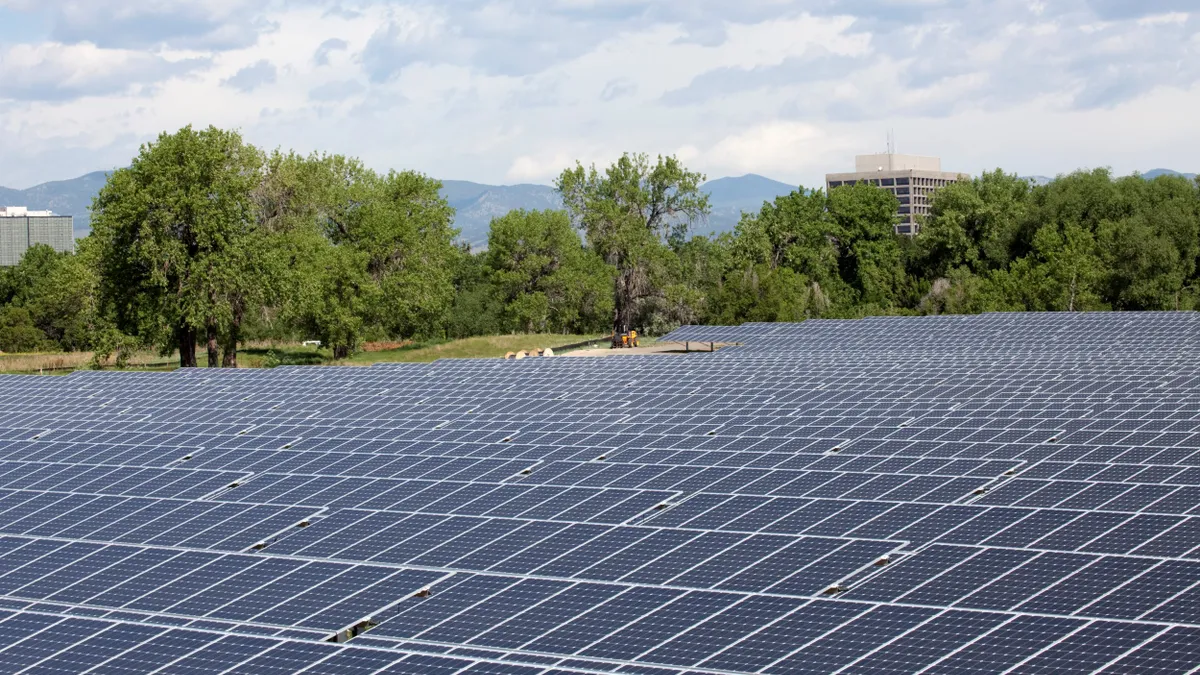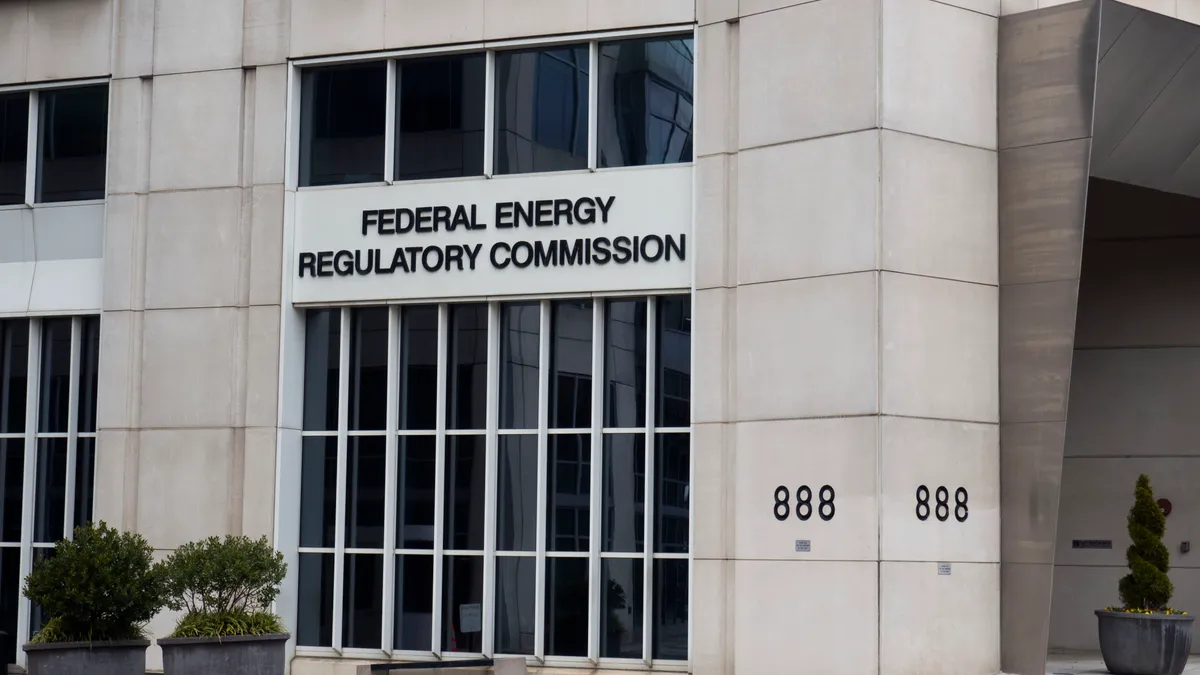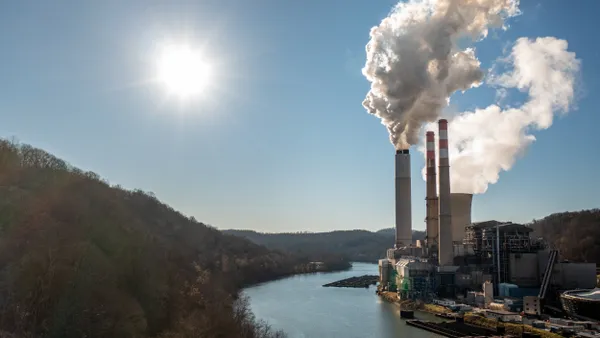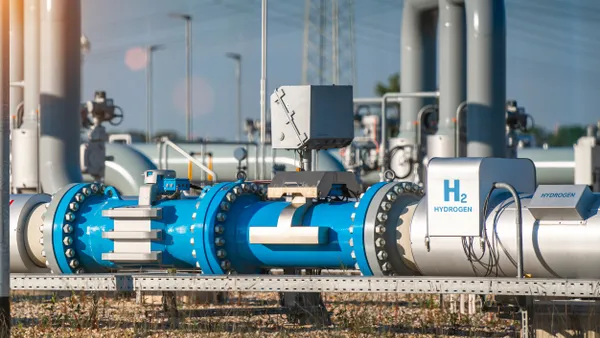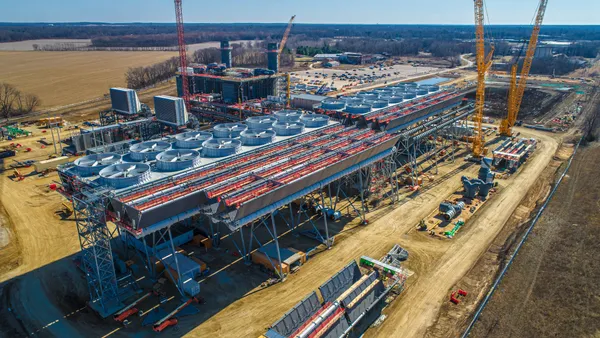Dive Brief:
- California is the first in the nation to develop a compliance plan to meet Clean Power Plan goals, but because the state is already a leader in clean energy and emissions reductions there is little new that it will need to do, ClimateWire reports.
- The plan largely continues the state's cap-and-trade program and other measures in place for a decade, but adds a federally-enforceable "backstop" mechanism in case its program is not successful.
- The U.S Supreme Court stayed the Clean Power Plan in February but California said it would develop a compliance plan regardless. Overall, the law targets a 32% reduction in carbon emissions from the power sector by 2030. California's target reduction is 13.2%.
Dive Insight:
One year after the finalized rule came out, California's decision to develop a compliance plan comes as no surprise. The Golden State was already on track to achieve its target reductions, using its cap and trade program, and had announced following the Supreme Court's delay that it would forge ahead.
“California will not slow down our drive for clean air, renewable energy, and the good jobs that come from investing in green technologies," Air Resources Board Chair Mary Nichols said in a statement issued shortly after the decision.
The state is currently on track to reduce greenhouse gas emissions to 1990 levels within the next few years, according to ClimateWire, and is targeting a 40% reduction by 2030.
Even still, the state included a "backstop" mechanism in its plan, should the primary strategy fail and power plants - which the plan denotes "electrical generating units" (EGUs) - continue to emit substantial carbon.
The failsafe would be "based on tradeable compliance instruments, that will be triggered in the unlikely event that affected EGU emissions exceed federal limits, and which will require all affected EGUs to reduce their emissions to come back into compliance."
The state, however, is confident in its current approach and said the plan's modeling shows "it is very unlikely that the backstop would be triggered." In the event the plan is put in play, the amount by which California missed an annual target would be added to the next year's goal.
While it's no surprise that California has moved ahead with development of a CPP compliance plan, even while the Supreme Court's stay in in effect, other states have halted development. In March, a month after the high court's decision, Arkansas announced it would cease work on a plan. The state was among the more-than-30 that had challenged the Obama Administration's signature climate work.
Before Arkansas, both Montana and Oklahoma had halted work.
Montana had among the steeped targets. "I have been clear that I think these rules were unfair," Montana Gov. Steve Bullock (D) said in a statement in February. "I am putting the work of the Clean Power Plan Council on hold."



